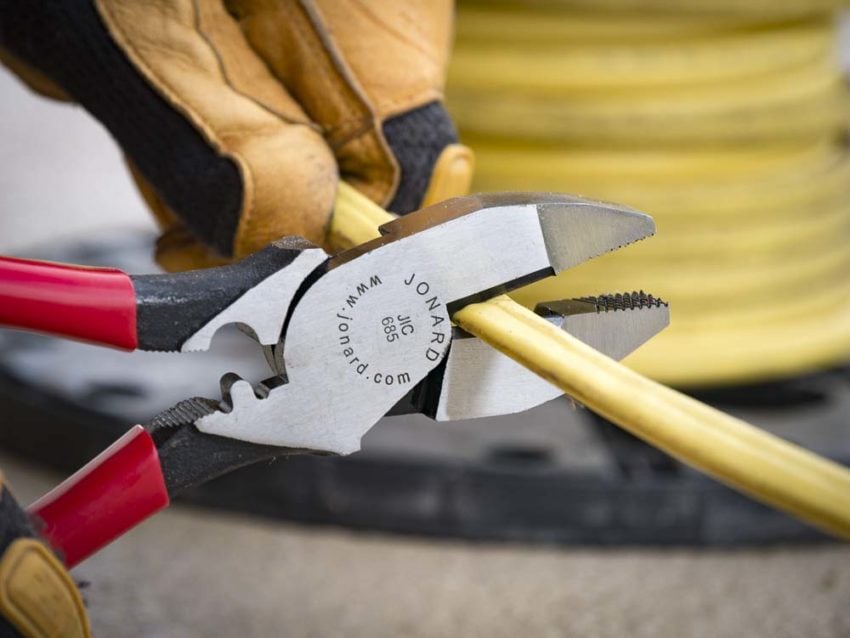Types of Pliers and Their Applications in 2023
Pliers are versatile hand tools that come in various shapes and sizes, designed to perform specific tasks with precision and ease. From gripping and bending to cutting and twisting, pliers are indispensable in a multitude of applications. In this guide, we will explore the different types of pliers available and delve into their specific uses.

Types of Pliers and Their Applications
Needle-Nose Pliers:
Comprehending the diverse categories of pliers and their practical uses is crucial when choosing the most suitable tool for any task. Whether you’re involved in electrical projects, creating jewelry, or undertaking DIY repairs, the right set of pliers can markedly improve your accuracy and productivity. Prioritize a high-quality set of pliers, and you’ll discover these adaptable tools to be invaluable in your arsenal.

Lineman’s Pliers:
Lineman’s pliers are robust, with a combination of cutting edges and gripping jaws. Commonly used in electrical work, they can cut, bend, and twist wires. The long handles provide ample leverage, making them suitable for heavy-duty tasks.

Slip-Joint Pliers:
These versatile pliers have an adjustable pivot point that allows users to switch between different jaw widths. Slip-joint pliers are excellent for gripping various sizes of objects. They can be used for turning nuts, holding pipes, or gripping irregularly shaped items.

Tongue-and-Groove Pliers:
Also known as channel-lock pliers, these feature an adjustable jaw that can be set to different positions. This design makes them versatile for gripping pipes and other cylindrical objects of varying sizes. The tongue-and-groove mechanism ensures a secure grip.

Diagonal Pliers:
Diagonal pliers, or wire cutters, have a cutting edge that is angled for efficient wire cutting. They are commonly used for cutting electrical wires and small-gauge metal. The pointed tip allows for precise cutting in confined spaces.

Flat-Nose Pliers:
Flat-nose pliers have flat, squared-off jaws that provide a wide gripping surface. They are suitable for bending, shaping, and holding objects securely. These pliers are often used in metalworking and jewelry making.

READ MORE: WHAT IS BUTTON HEAD SCREWS , AND PROPERTIES , APPLICATIONS
Round-Nose Pliers:
Round-nose pliers have conical, rounded jaws, making them ideal for creating loops and curves in wires. Jewelry designers often use them for crafting intricate wire designs and making loops for earrings or necklaces.

Locking Pliers (Vise-Grips):
Locking pliers have an adjustable locking mechanism that allows them to grip objects firmly and maintain that grip without continuous squeezing. They are useful for holding materials in place or providing additional leverage.

Crimp Pliers:
Crimp pliers are designed for joining two pieces of metal or other materials by deforming one or both of them to hold the pieces together. They are commonly used in electrical work for creating secure connections in wires.
Snap Ring Pliers:
Snap ring pliers serve as specialized instruments crafted for the installation or removal of snap rings or retaining rings. Their application is prevalent in the realms of automotive and machinery maintenance.
Conclusion:
Comprehending the diverse kinds of pliers and their practical uses is crucial when choosing the most suitable tool for a task. Whether you’re involved in electrical projects, crafting jewelry, or tackling DIY repairs, possessing the right pliers can greatly improve your effectiveness and accuracy. Acquire a high-quality set of pliers, and you’ll discover these adaptable tools to be indispensable in your collection.
READ MORE: How to start a new startup business on Deepawali 2023





